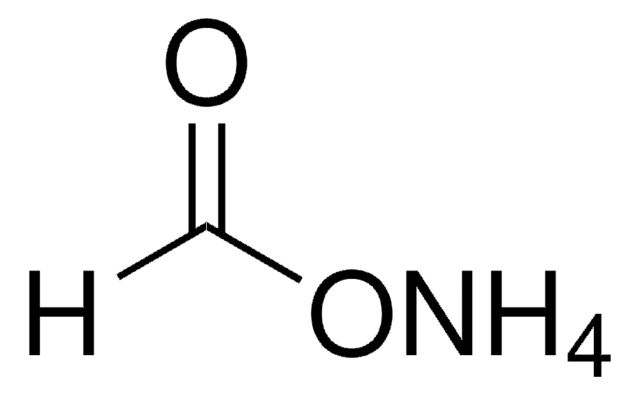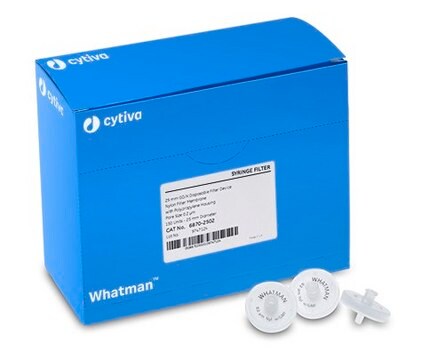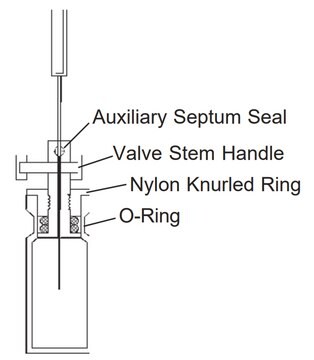34866-M
Tolueno
suitable for HPLC, 99.9%
About This Item
26 mmHg ( 25 °C)
Productos recomendados
grado
HPLC grade
densidad de vapor
3.2 (vs air)
presión de vapor
22 mmHg ( 20 °C)
26 mmHg ( 25 °C)
Ensayo
99.9%
Formulario
liquid
temp. de autoignición
997 °F
lim. expl.
7 %
técnicas
HPLC: suitable
impurezas
≤0.0005% non-volatile matter
≤0.0005% thiophene
≤0.001% free acid (as HCl)
≤0.02% water (Karl Fischer)
índice de refracción
n/D 1.496 (lit.)
bp
110-111 °C (lit.)
mp
-93 °C (lit.)
densidad
0.865 g/mL at 25 °C (lit.)
Absorción UV
λ: 286 nm Amax: ≤1.00
λ: 288 nm Amax: ≤0.50
λ: 293 nm Amax: ≤0.20
λ: 300 nm Amax: ≤0.10
λ: 310 nm Amax: ≤0.05
λ: 335 nm Amax: ≤0.02
λ: 350 nm Amax: ≤0.004
aplicaciones
general analytical
cadena SMILES
Cc1ccccc1
InChI
1S/C7H8/c1-7-5-3-2-4-6-7/h2-6H,1H3
Clave InChI
YXFVVABEGXRONW-UHFFFAOYSA-N
¿Está buscando productos similares? Visita Guía de comparación de productos
Descripción general
Aplicación
Envase
Otras notas
- The article number 34866-4X2.5L-M will be discontinued. Please order the single bottle 34866-2.5L-M which is physically identical with the same exact specifications.
- The article number 34866-6X1L-M will be discontinued. Please order the single bottle 34866-1L-M which is physically identical with the same exact specifications.
Palabra de señalización
Danger
Frases de peligro
Consejos de prudencia
Clasificaciones de peligro
Aquatic Chronic 3 - Asp. Tox. 1 - Flam. Liq. 2 - Repr. 2 - Skin Irrit. 2 - STOT RE 2 Inhalation - STOT SE 3
Órganos de actuación
Central nervous system
Código de clase de almacenamiento
3 - Flammable liquids
Clase de riesgo para el agua (WGK)
WGK 3
Punto de inflamabilidad (°F)
39.2 °F - closed cup
Punto de inflamabilidad (°C)
4 °C - closed cup
Elija entre una de las versiones más recientes:
¿Ya tiene este producto?
Encuentre la documentación para los productos que ha comprado recientemente en la Biblioteca de documentos.
Nuestro equipo de científicos tiene experiencia en todas las áreas de investigación: Ciencias de la vida, Ciencia de los materiales, Síntesis química, Cromatografía, Analítica y muchas otras.
Póngase en contacto con el Servicio técnico








